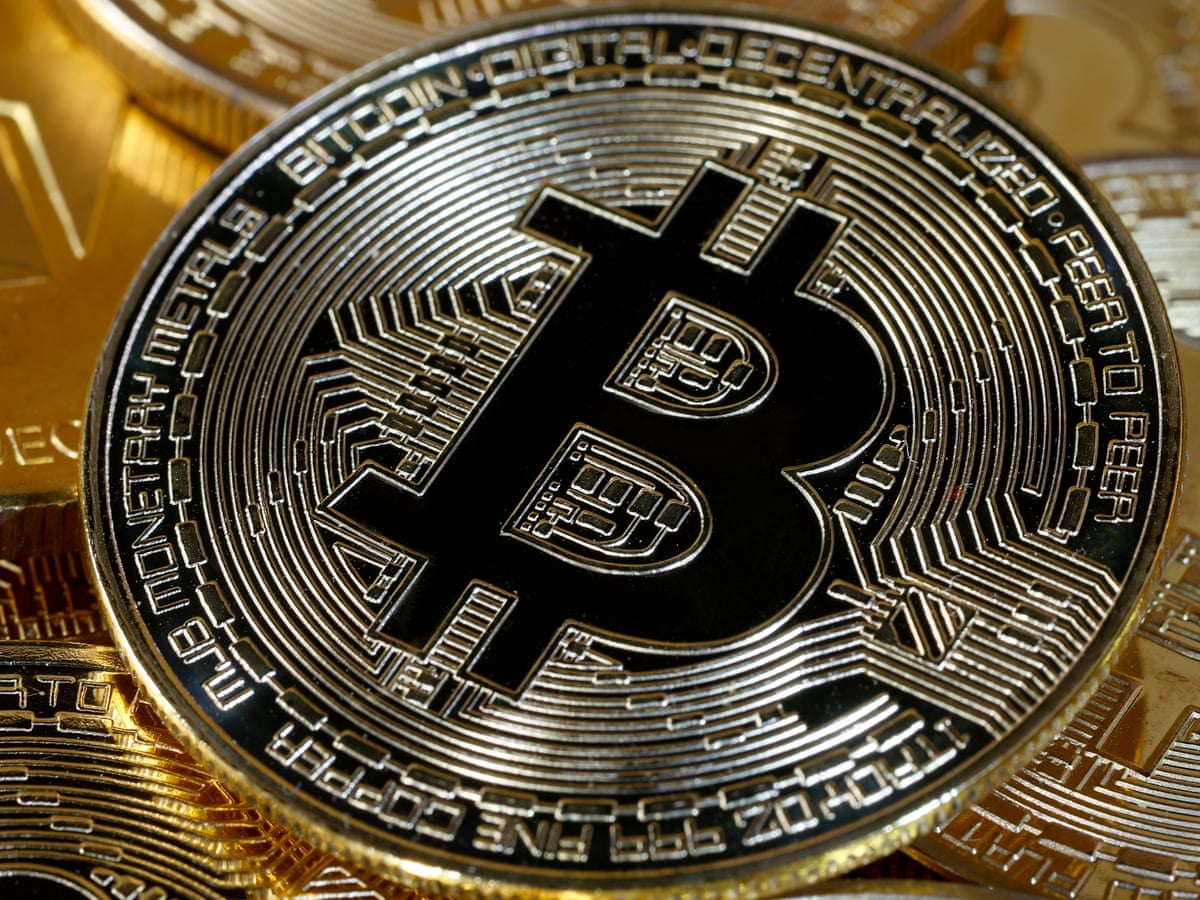Blitz News Digest
Stay updated with the latest trends and insights.
Bitcoin: The Digital Gold Rush for the New Age
Discover how Bitcoin is transforming finance in the digital gold rush. Unleash your wealth potential and ride the crypto wave now!
What Makes Bitcoin the Digital Gold of the 21st Century?
Bitcoin has earned the title of the Digital Gold of the 21st century due to its unique characteristics that mirror those of traditional gold. First and foremost, Bitcoin is scarce; there will only ever be 21 million bitcoins in existence, similar to gold's limited supply which has made it a reliable store of value throughout history. This scarcity, coupled with its decentralized nature, ensures that no single entity can manipulate its supply, making Bitcoin a safe haven during times of economic instability.
Moreover, Bitcoin offers unparalleled portability and divisibility compared to gold. In a world increasingly moving towards digital transactions, the ability to transfer value instantly across borders, without the physical limitations and costs associated with gold, is immensely advantageous. As more individuals and institutions recognize these benefits, it becomes clear why Bitcoin is being likened to gold, not just as an investment asset but as a fundamental shift in the way we perceive and use money in the modern economy.

The Journey of Bitcoin: From Obscurity to Mainstream Acceptance
The journey of Bitcoin began in 2009, emerging as a novel digital currency created by an anonymous entity known as Satoshi Nakamoto. Initially seen as a niche technology, it struggled for recognition amidst skepticism and a lack of understanding of blockchain technology. However, as advocates and enthusiasts began to highlight its decentralized nature, potential for financial privacy, and independence from traditional banking systems, Bitcoin started gaining traction among tech-savvy individuals and libertarians. Its obscure beginnings were marked by small transactions, often for goods and services in the underground economy, which set the stage for a broader acceptance.
Fast forward to the late 2010s, Bitcoin began transitioning from an obscure digital asset to a mainstream financial instrument. The surge in its price, particularly during the historic bull run of 2017, captured the attention of both the media and institutional investors, leading to increased interest across various demographics. Major companies began to explore accepting Bitcoin for payments, prompting major retailers, and even financial institutions, to recognize its potential. Today, Bitcoin stands as a symbol of digital innovation, representing a significant shift toward decentralized finance and capturing the imagination of millions worldwide eager to participate in the new financial ecosystem.
Is Bitcoin the Future of Wealth Preservation?
The concept of wealth preservation has evolved significantly over the years, particularly with the rise of digital currencies like Bitcoin. As traditional assets such as gold and real estate face market volatility, many investors are turning to Bitcoin as a potential hedge against inflation and economic uncertainty. Unlike fiat currencies, which can be printed in unlimited quantities by governments, Bitcoin has a capped supply of 21 million coins, providing a scarcity factor that appeals to those looking to safeguard their wealth.
Moreover, Bitcoin's decentralized nature allows for greater financial autonomy and security. It operates on a blockchain technology that is transparent and immutable, reducing the risk of fraud and manipulation. For investors considering Bitcoin as a future means of wealth preservation, it's crucial to understand the associated risks and market fluctuations. However, the growing acceptance of Bitcoin by mainstream financial institutions may signal a shift in how wealth is preserved in the digital age, prompting a reconsideration of traditional beliefs about assets and security.